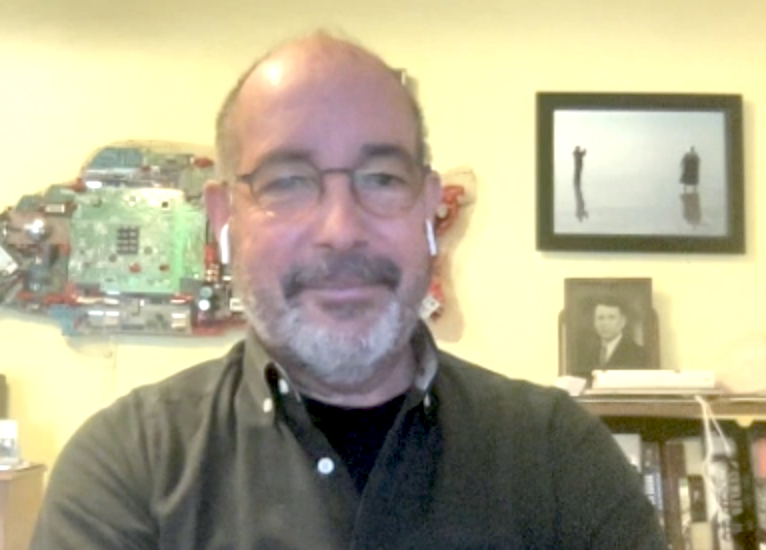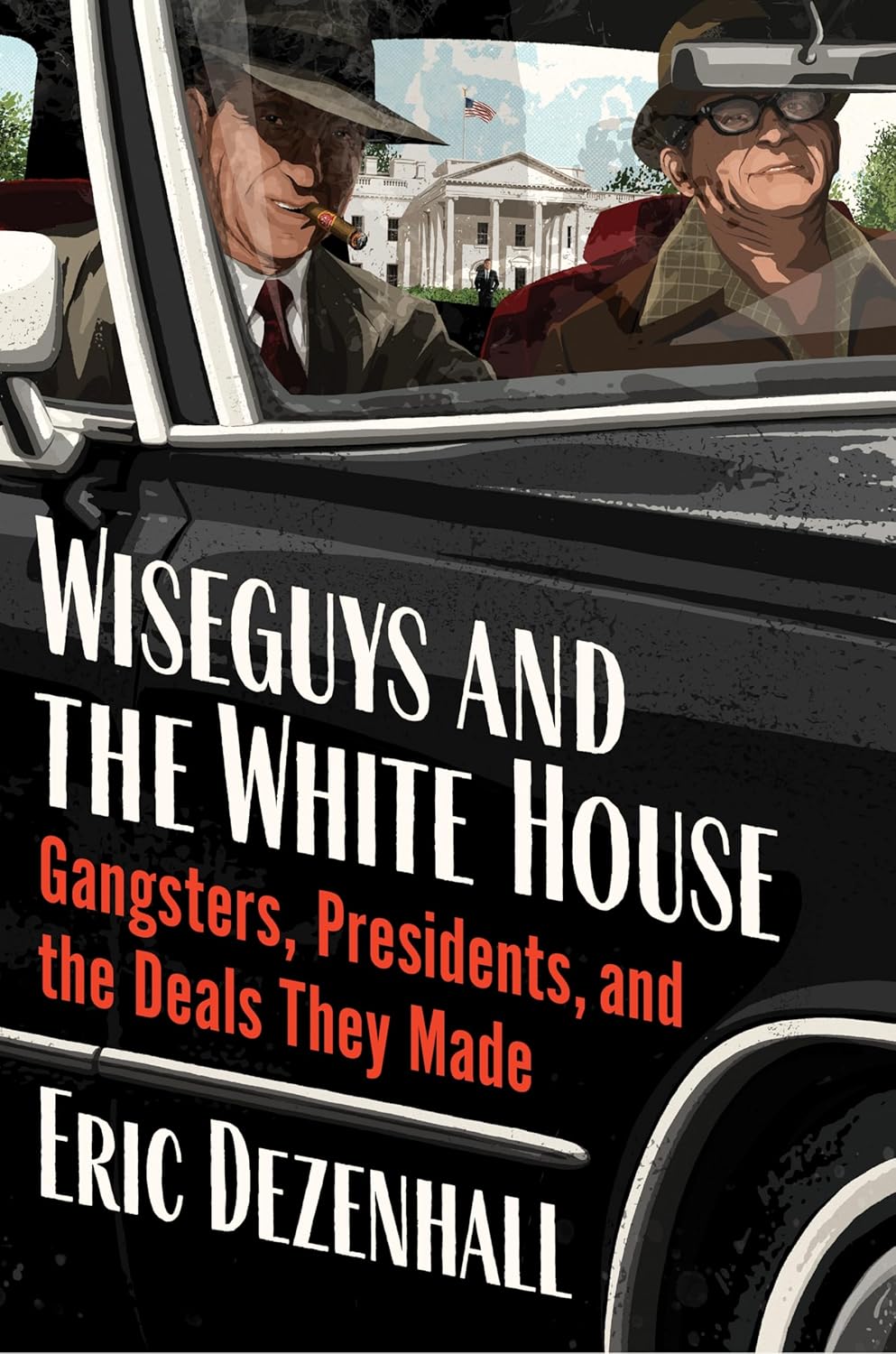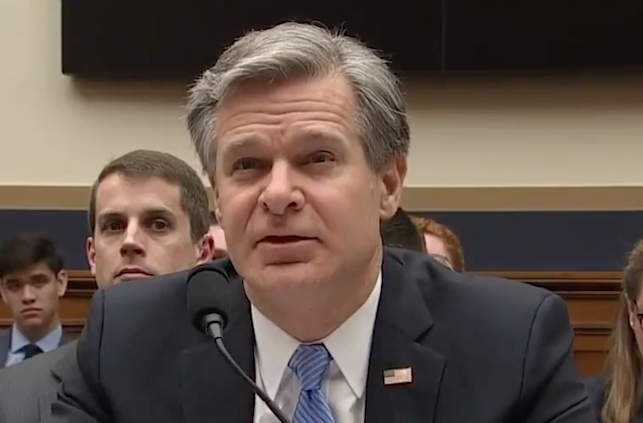Ross Parker was chief of the criminal division in the U.S. Attorney’s Office in Detroit for 8 years and worked as an AUSA for 28 in that office.
 By Ross Parker
ticklethewire.com
By Ross Parker
ticklethewire.com
Cyber information is not the only thing the Chinese are stealing from the United States. A new generation of synthetic designer drugs is robbing the physical and mental health of thousands of American teenagers. In the last two years enterprising rogue Chinese chemists have introduced hundreds of these new chemical combinations into the American market.
Although the motive is crassly profit-oriented rather than something even more sinister, the effect is sadly the same. Emergency room admissions and law enforcement reports reveal a looming public health crisis unlike that caused by any preceding class of drugs.
And there is often little either group can do about it as they struggle to react to the problem.
A dizzying variety of medical and psychological problems are listed in recent reports.
A Hawaii man tried to throw his girlfriend off the 11th floor balcony of their apartment building.
A Kentucky woman threw her two-year old son from her car onto the highway because she believed him to be a demon.
A Mississippi man stabbed himself repeatedly in the abdomen with a hunting knife to remove wires he thought were inside his body.
The list of bizarre and tragic stories of behavior caused by the psychoactive drugs goes on and on and on.
Just when the public and law enforcement were beginning to grab a hold on the problems caused by cathinones (“bath salts”) and cannabinoids (“spice,” incorrectly referred to as synthetic marijuana), Chinese laboratories have unleashed modified chemical compounds beyond the practical and legal reach of all but the most sophisticated law enforcement authorities. The public, parents, and teachers, are almost completely unaware of the new drug problem that is unfolding. Medical professionals who treat these kids in hospitals are just becoming aware of the problem.
Drug analogues and chemical compounds altered to avoid enforcement are not a new phenomenon. Since heroin was made illegal in the 1920s, amoral profiteers have developed related and uncontrolled substances whose effects mimic, or even exceed, those of the illegal substance.
Efforts to modify illegal drugs are unwittingly assisted by legitimate, academic researchers studying psychoactive drugs for medical purposes who then publish the results of their research. A current example is a Purdue University professor studying the effect such compounds have on brain receptors in animals. His scientific publications are immediately co-opted by renegade chemists who use the knowledge to create new “legal” drugs to sell to their customers.
About a decade ago rogue chemists from China and elsewhere started using similar research to develop drugs such as bath salts and spice. The market developed in a generally westerly direction into Russia, then Europe, and finally to the United States.
These drugs were cheap. They were beyond law enforcement, and easily accessible through the internet. Middlemen wholesalers sold them in gas stations, convenience and liquor stores, and smoke shops. They were advertised as plant food, incense, and other purposes for which they had no actual utility. In fact, the substances have no legitimate medical or industrial application. For example, “bath salts” is just a street name and has nothing in common with those colorful little granules you put in your bathtub to make it bubbly. The sellers side-stepped even a misdemeanor FDA violation by printing “not for human consumption” on the brightly colored packaging–sometimes adding a cartoon character to appeal to youthful customers.
The labeling ruse fooled no one, least of all the primarily teen age boys who bought them under scintillating street names like spice, K2, White Lightning, etc. Regardless of the brand name used, the consumers have no idea of what they are taking and the substances can vary greatly in chemical content from one purchase to another since they are completely unregulated. Health reports perplexed physicians, parents, and police while the users’ behavior left a trail of psychotic episodes, seizures, paranoia, organ failure, and even death.
DEA responded rapidly with a series of regulatory and enforcement measures. The new drugs were placed under emergency scheduling. Operations such as Log Jam resulted in hundreds of arrests and seizures. But the demand and supply dwarfed these efforts. Additionally the prosecution problems of an outdated federal Analogue Act and the need to prove an intent for human use, among other difficulties, hamper even the crackdown. Even more problematic is that these new synthetic drugs are flying under the radar of most state and local law enforcement.
Last summer Congress passed the 2012 Synthetic Drug Abuse Prevention Act, adding 26 new drugs as Schedule I controlled substances, including some cannabinoids as well as a few other emerging abused synthetics. The Act also extended DEA’s emergency scheduling period from 18 to 36 months.
Pats on the back all around? Unfortunately everyone underestimated the ingenuity and financial incentive of the rogue chemists in China and India as well as the American distributors. The alarming increase in abuse and the ensuing public health crisis have accelerated. The old, now illegal, compounds continue to be exported at a greatly reduced rate, and now there are new generations of dozens of new “legal” drugs are being developed and shipped to the U.S. and Europe.
At scores of labs located in the port cities in eastern and southeastern China, enterprising chemists are now manufacturing new generations of synthetic drugs and marketing them primarily through the internet. In cities like Shanghai and Chonqing these laboratories often employ dozens of workers who can produce and ship hundreds of kilos per week to their European and American buyers. One such owner admitted to undercover British journalists that he had sold more than 200 million doses last year. And the owners are making millions and joining the expanding class of wealthy Chinese capitalists.
The labs “tweak” compounds made illegal often within days by changing the chemical structure of the molecule and producing new substances whose psychoactive effect often combines hallucinogens and stimulants in an unpredictable cocktail. Potency can far exceed that of traditional illegal drugs. There is little attempt at cleanliness. Equipment is used repeatedly for different batches, and the result is often a hodge podge of different compounds.
The chemical names of these new synthetics sound like alphabet soup to those of us who struggled through high school chemistry. One of the practical problems confronting even knowledgeable law enforcement is that the substances and mixtures are beyond the identification ability of all but the most sophisticated testing laboratories.
Likewise hospital screening tests cannot identify the new compounds causing patients’ medical crises. A Michigan physician reported the recent emergency room admission of a teenage boy who was acting violently and required several times the normal dosage of sedative to calm him down enough for treatment. Because the standard urine test was negative for drugs, she was forced to employ a long list of expensive procedures and tests to rule out cardiac and neurological causes. Even blood tests, often impractical since they require several days’ delay, can rarely identify these new synthetic drugs.
Law enforcement, even with the substance in hand, is also hobbled by these lab difficulties, as well as the often impossible challenges of following a long and anonymous supply chain to identify the culprits and find evidence to prove an intent for human use.
And even if they are successful, the complex task of proving the new substances are illegal remains.
“Viral” describes the public health crisis in Britain where new synthetics hit the street up to two years ahead of entering the U.S. Britain lacks even the inadequate legal and enforcement mechanisms of the U.S., Australia and New Zealand.
The reports of a March 24, 2013 article in MailOnline.com describe the situation as anarchy and causing near panic. Despite identification difficulties, over 40 new designer drugs have been named as being marketed by over 700 European internet suppliers in the last year. The hallucinogenic drugs are psychoactive on the microgram, not milligram, level and can be up to 100 times more potent than illegal drugs such as cocaine. Tens of thousands of British youth are regular users and the resulting onslaught of medical problems has been increasingly alarming to public health authorities.
This chaotic and dangerous situation is what Americans can expect in the near future unless aggressive measures are taken on a broad variety of fronts—from parents to prosecutors, physicians to legislators, and more.
I once asked a doctor if he thought recreational drugs were dangerous. He answered, yes, all drugs can be dangerous, and the further you get from ones created by God’s own hands the more dangerous they become. These convoluted new chemical combinations created in the Stygian confines of crowded Chinese labs are as far from God’s hands as you can get.
Part two of this report will outline some potential ideas for meeting the threat.




